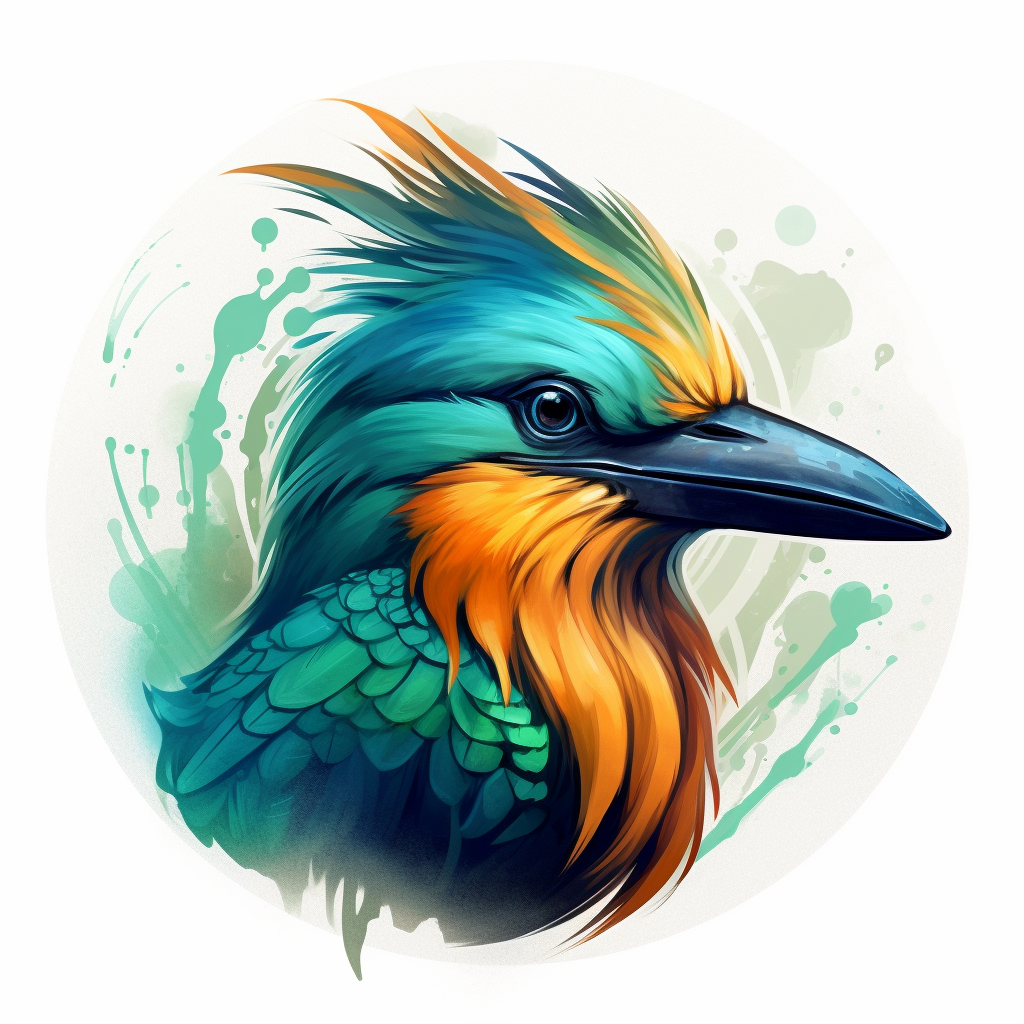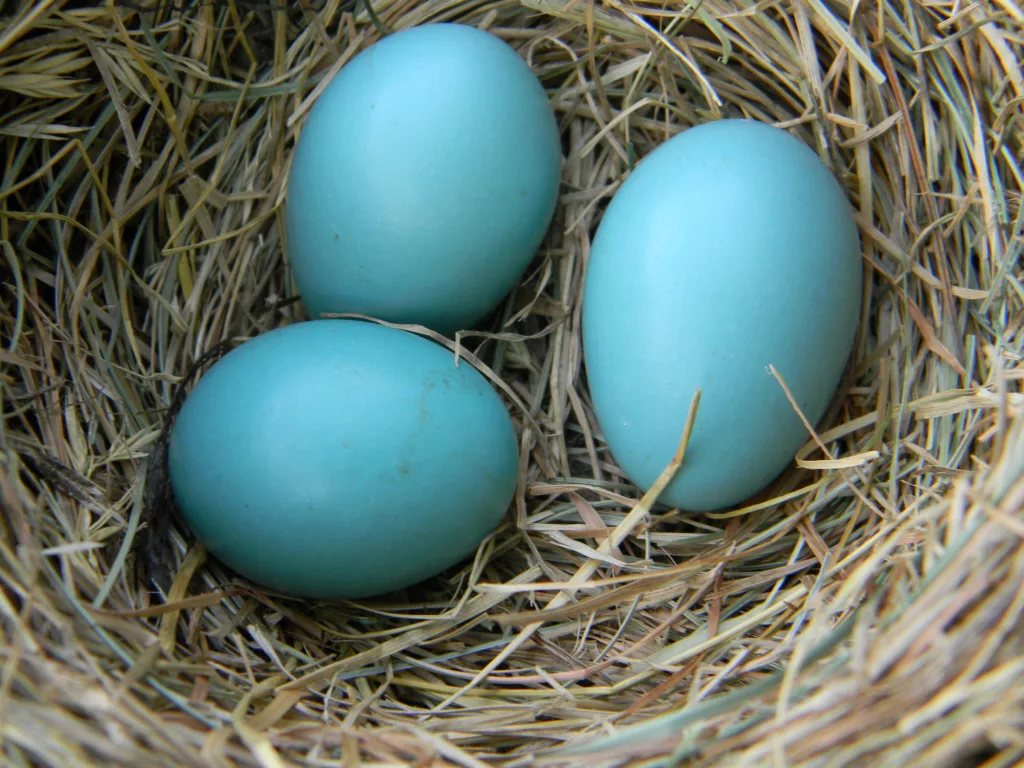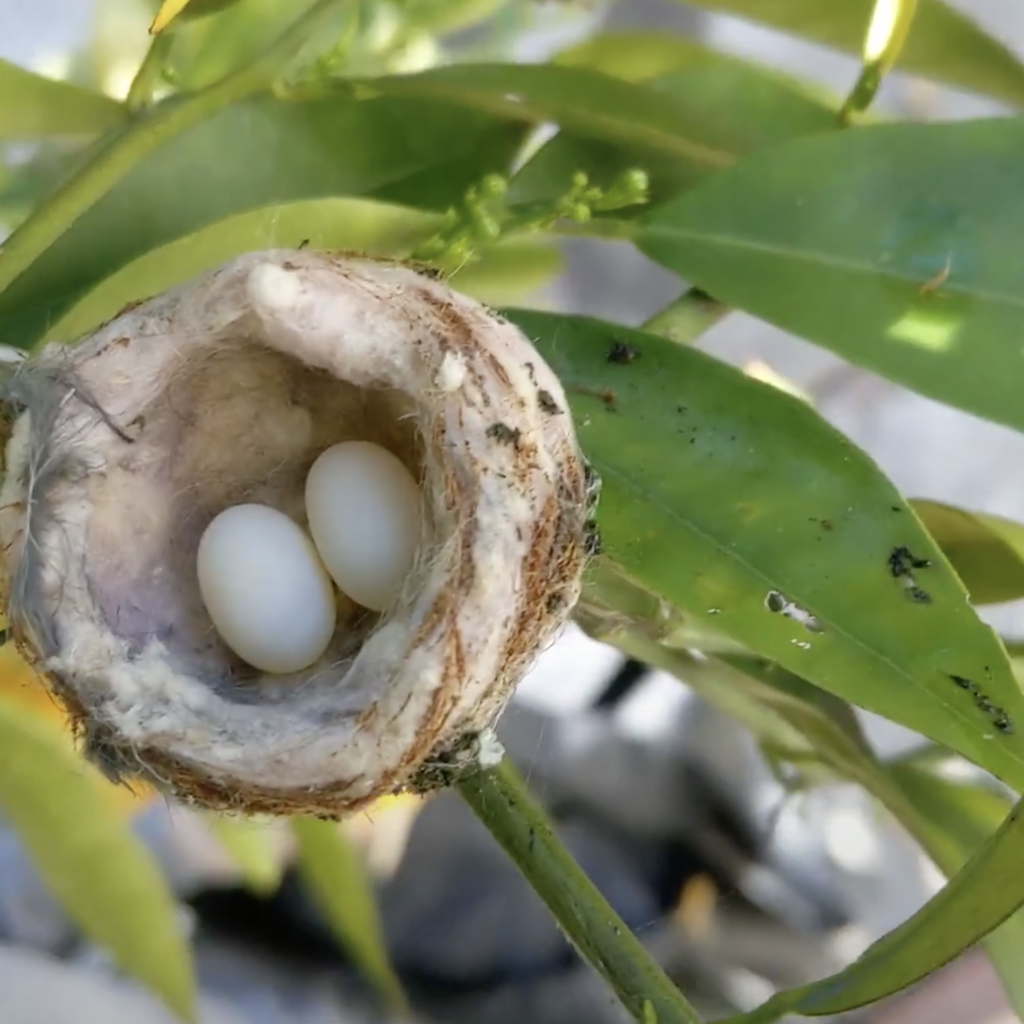
Owls, often revered as symbols of wisdom and mystery, are an integral component of Florida's diverse and rich ecosystems. These nocturnal birds of prey possess unique features and habits that have intrigued and enchanted humans for centuries. In Florida, a state blessed with a variety of habitats, from dense forests to sprawling urban areas, owls play a critical role in maintaining ecological balance through their position as apex predators, controlling rodent and insect populations effectively.
In this comprehensive exploration of owls in Florida, we delve into the various species that inhabit the Sunshine State, their distinctive characteristics, habitats, and the essential roles they play in our ecosystems. Understanding the life and habits of these enigmatic birds is not merely an exercise in curiosity but is crucial for fostering awareness and initiating conservation efforts to protect these vital raptors.
The presence of owls in Florida is indicative of the health and vitality of the environment. By controlling the population of rodents and other small animals, they help in maintaining the balance of the ecosystem, thereby contributing to biodiversity. These birds, with their silent flight and acute senses, are perfectly adapted to their nocturnal lifestyles, making them fascinating subjects of study and observation.
So, let’s embark on a journey to unravel the mysteries of the various owl species residing in Florida, understand their significance in the ecosystem, and explore the ways in which we can contribute to their conservation. Whether you are an avid bird watcher, a wildlife enthusiast, or someone with a burgeoning interest in Florida's natural inhabitants, this guide to the owls of Florida promises to be an enlightening and enriching experience.
Table of Contents
ToggleTypes of Owls in Florida
Florida, with its diverse landscapes and climates, is a haven for a multitude of owl species, each exhibiting unique adaptations to their environment. In this section, we will highlight the notable owl species that have made Florida their home, allowing you to understand more about these remarkable birds of prey that contribute substantially to the ecological harmony of the region.
Eastern Screech Owl:

A frequent inhabitant of Florida’s woodlands, the Eastern Screech Owl is identifiable by its compact stature and conspicuous ear tufts. This versatile owl is capable of living in a variety of environments, from dense forests to suburban areas, and its diet is equally varied, including small mammals, birds, and insects.
Barred Owl:

Residing in the dense forests and swamps of Florida, the Barred Owl is known for its distinctive hooting calls and large, dark eyes. It primarily feeds on small mammals and is crucial for controlling rodent populations in its habitat, thereby maintaining ecological balance.
Barn Owl:

The Barn Owl, characterized by its heart-shaped facial disc and light coloration, is a common sight in open landscapes, farmlands, and fields in Florida. This owl is an adept hunter, feeding on rodents and other small mammals, providing natural pest control and contributing to the ecological well-being of its surroundings.
Great Horned Owl:

Recognized by its imposing size and prominent ear tufts, the Great Horned Owl is a highly adaptable bird, inhabiting various landscapes across Florida. It has a diverse diet consisting of mammals, birds, and reptiles, making it a key player in regulating the populations of various species in its environment.
Burrowing Owl:

Distinguished by its ground-dwelling habits and long legs, the Burrowing Owl is a unique species preferring open lands like prairies and fields. It feeds primarily on insects and small mammals and is integral to the ecological dynamics of its habitat.
Exploring the different types of owls in Florida brings to light the diverse adaptations and lifestyles of these nocturnal raptors. Each species plays a significant role in maintaining the health of the ecosystem by controlling populations of smaller animals and insects. The variety in size, appearance, and habits among Florida’s owls is a testament to the state’s rich biodiversity and the adaptable nature of these fascinating birds.
Habitats of Owls in Florida
Florida’s diverse environments, from its lush forests to its thriving urban areas, host a remarkable array of owl species. Understanding the various habitats of owls in Florida is crucial for appreciating the adaptive strategies these birds employ and their interactions with the diverse ecosystems of the state.
Forests:
Dense forests provide an ideal refuge for many owl species, like the Barred Owl and the Eastern Screech Owl. The ample tree cover offers protection and nesting sites, while the rich biodiversity ensures a steady supply of prey, ranging from small mammals to insects.
Wetlands:
The abundant wetlands of Florida are a haven for a variety of owls. These ecosystems are rich in biodiversity, providing a plethora of feeding options for the resident owls. The availability of water and diverse vegetation supports a multitude of life, maintaining a balanced and thriving ecosystem.
Suburban and Urban Areas:
Several owl species, including the Eastern Screech Owl, have adapted to human settlements. These owls are often spotted in parks, gardens, and wooded areas within cities, hunting for rodents and insects and showcasing their remarkable adaptability to different environments.
Scrublands and Prairies:
Open landscapes such as scrublands and prairies are the preferred habitats of the Burrowing Owl. The sparse vegetation and availability of ground burrows make these areas suitable for their unique nesting and hunting habits.
By residing in these diverse habitats, the owls in Florida play an essential role in sustaining ecological balance. Each environment presents its own set of challenges and opportunities, shaping the behaviors, diets, and lifestyles of its owl inhabitants. Observing how these nocturnal predators interact with their surroundings provides valuable insights into the complexities of Florida’s ecosystems and emphasizes the importance of conserving these varied landscapes for the continued presence of owls in the state.
Characteristics of Florida Owls
The variety of owl species in Florida exhibit a fascinating array of characteristics, each adapted to their specific environments and lifestyles. Delving into these characteristics provides a deeper understanding of the behaviors, diets, and adaptive strategies of these nocturnal birds within the diverse ecosystems of Florida.
Size and Appearance:
Florida’s owls display a wide range in size, from the petite Eastern Screech Owl to the imposing Great Horned Owl. Each species has distinctive markings, colorations, and physical features like ear tufts and facial discs, adapted to their habitats and hunting needs.
Diet and Hunting Patterns:
Owls in Florida are carnivorous, predominantly feeding on small mammals, birds, and insects. Their hunting patterns are influenced by their environment, with some species specializing in hunting in open fields while others are adept at navigating densely wooded areas.
Breeding and Nesting Behavior:
The nesting sites and breeding behaviors of Florida’s owls are diverse, ranging from tree cavities to ground burrows. These choices are shaped by environmental availability and the specific needs of the species, impacting their reproductive success and population dynamics.
Vocalization and Communication:
Each owl species has a unique set of vocalizations used for communication, courtship, and territorial displays. The haunting hoots of the Barred Owl and the trilling calls of the Eastern Screech Owl are distinctive sounds in Florida’s nightscapes.
Understanding the myriad characteristics of the owls in Florida is pivotal for appreciating their role and significance in the state’s ecosystems. Their adaptive features, hunting prowess, and distinctive vocalizations underscore their importance in maintaining ecological balance and biodiversity in Florida’s varied landscapes.
Conservation Efforts for Owls in Florida
The conservation of owls in Florida is paramount for maintaining ecological balance and biodiversity within the state. Given the escalating threats to their habitats due to urbanization, climate change, and other human activities, it is crucial to understand the ongoing conservation initiatives and how individuals can contribute to the protection of these nocturnal raptors.
Habitat Preservation:
The conservation of natural habitats is fundamental for the survival of owls in Florida. Several organizations and government bodies are working to preserve and restore the varied landscapes of the state, ensuring that owls and other wildlife have the necessary environments to thrive.
Education and Awareness:
Raising awareness about the significance of owls in Florida and their role in ecosystems is a vital step in conservation. Educational programs, workshops, and community outreach efforts are instrumental in fostering a sense of responsibility and appreciation for these birds and their habitats.
Research and Monitoring:
Continuous research and monitoring of owl populations in Florida are crucial for understanding their status, behaviors, and challenges. These efforts aid in developing effective conservation strategies and mitigating the impacts of human activities on these birds.
Wildlife Rehabilitation:
Numerous rehabilitation centers in Florida are dedicated to rescuing and rehabilitating injured or orphaned owls. These centers play a pivotal role in ensuring the well-being and survival of individual owls and contribute to the overall conservation of owl populations in the state.
Community Involvement:
Encouraging community participation in conservation initiatives is essential for the protection of owls in Florida. Volunteering, adopting sustainable practices, and supporting conservation organizations are ways in which individuals can make a difference.
Embracing conservation efforts is essential to secure the future of owls in Florida. By involving ourselves in preservation activities and advocating for the well-being of these enigmatic birds, we can contribute to the enduring richness and diversity of Florida’s ecosystems.
Observing Owls in Florida: Tips and Best Practices
For those interested in observing the captivating owls in Florida, there are several guidelines and best practices to follow. Observing these nocturnal birds can be a rewarding and enriching experience, but it is crucial to do so in a manner that is respectful and minimally intrusive to their natural behaviors and habitats.
Where to Observe:
Florida offers numerous parks, wildlife reserves, and natural areas where owls can be observed. Research the area beforehand to understand the likelihood of spotting different owl species and to familiarize yourself with the rules and regulations of the site.
Time of Observation:
Owls are predominantly nocturnal, so the best times to observe them are during the early morning or late evening hours. Be patient and remain quiet to increase your chances of spotting these elusive birds.
Respectful Distance:
Maintain a respectful distance while observing owls. Avoid approaching nests or young owls, as this can be distressing for the birds and may lead to nest abandonment.
Minimal Disturbance:
Use red-filtered flashlights if illumination is necessary, as this is less disturbing to owls. Avoid using flash photography, as it can be disruptive and harmful to the birds.
Leave No Trace:
Follow “Leave No Trace” principles. Do not leave any litter behind, and avoid damaging the environment in any way. Respect the wildlife and other visitors.
Report Sightings:
Report your sightings to local bird-watching groups or wildlife organizations. This can contribute valuable data to ongoing research and conservation efforts for owls in Florida.
By adhering to these guidelines and practices, enthusiasts can enjoy observing the diverse and fascinating owls in Florida without compromising their well-being or disrupting their natural environments. Whether you are a seasoned bird-watcher or a casual observer, your responsible actions can play a part in the continued conservation of these magnificent birds within the Sunshine State.
Conclusion
Owls in Florida are a marvelous embodiment of adaptation and survival, thriving across diverse landscapes of the state. From the haunting calls of the Barred Owl in the thickets of the swamp to the vigilant gaze of the Burrowing Owl in the open fields, each species contributes significantly to the ecological tapestry of Florida.
The diversity of these nocturnal raptors is a treasure for bird enthusiasts and naturalists, offering unique opportunities to explore and understand the intricate ecological webs of the region. Observing these elusive birds requires patience, respect, and a keen eye, but the rewards are profound, offering glimpses into the secret lives of these mysterious avians.
Conservation efforts are critical in preserving the habitats and well-being of these birds amidst the relentless march of urbanization and climate change. Education, research, habitat preservation, and community involvement are the cornerstones of ensuring that the mesmerizing calls and silent flights of owls continue to enchant the night skies of Florida for generations to come.
In conclusion, the owls in Florida are a crucial and enchanting part of the state’s biodiversity. Their presence is a reminder of the wild beauty and ecological complexity of the region. By observing responsibly, contributing to conservation efforts, and fostering an appreciation for these birds, we can help ensure their survival and presence in Florida’s diverse ecosystems.




